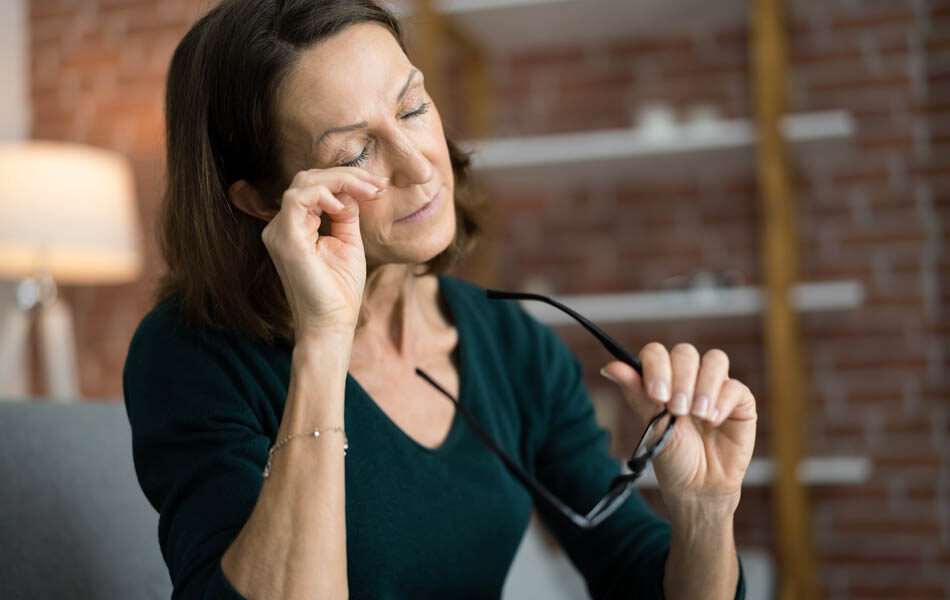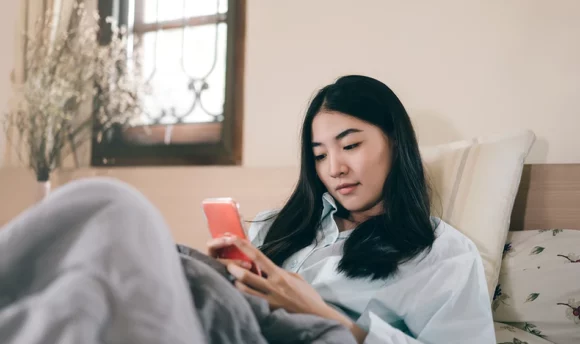Are Eye Styes Caused by Stress? What You Should Know
Some people might experience recurring eye styes after dealing with stressful moments in their lives. It’s a common belief that stress might cause these painful bumps, but is that true? We explain how stress could affect your eyes and the body’s ability to function.

One day, you might wake up and find a stye near the edge of your eyelid.
Eye styes are the painful red lumps near your eyelashes. Styes can be an annoying occurrence and are difficult to get rid of quickly, but what actually causes them?
Most eye styes come from an infection, but there are some eye specialists who believe that high levels of stress can contribute to the occurrence of eye styes too.
In this article, we’re going to look at how eye styes can be caused by stress hormones and what you can do to stop getting them. Take a look now to learn more.
Are Eye Styes Caused by Stress?
Yes, it’s possible that stress can increase the chances of a stye. Though the primary cause is an infection, experiencing regular stress can weaken your immune system, which means your body cannot fight off infections and blockages in the oil gland.
There is some evidence that suggests that certain stress hormones can actually attract bacteria in the eye. Pathogenic bacteria almost multiply once it reaches an oil-producing gland. An eye doctor may recommend cleansing your eyes regularly to avoid these infections.
Another aspect of stress that may cause the occurrence of eye styes is the lack of sleep. Stress is known to disrupt your usual sleeping schedule. With insufficient sleep comes decreased immunity. This negative change stops your body from being able to properly fight off infections.
Tiredness could also lead to bad eye hygiene habits, like not washing your face or leaving on eye makeup overnight. Both of these factors can cause eye styes in the upper or lower eyelid.
What Is a Stye?
A stye is a red lump that looks something like a pimple or boil. It is usually pus-filled and occurs on the outside of the upper and lower eyelid. An eye stye will usually only occur in one eye and can be attributed to poor eye hygiene and bacterial infection.
This type of stye may sometimes be confused with another red bump that forms a little further back on the eye, which is caused by clogged oil-producing glands. Doctors refer to this as a chalazion. People who get a common stye will experience more pain and eyelid swelling.
What Triggers an Eye Stye?
Eye styes can be triggered by forgetting good eye hygiene habits, like removing eye makeup before bed and using old or expired cosmetics. A lack of cleaning around your eyes could block the oil-producing gland and cause those painful red bumps.
When you’re applying eye makeup or putting in contact lenses, you should ensure you wash your hands frequently beforehand to reduce the risk of a bacterial infection. Eye styes can also be caused by insufficient sleep due to hormonal changes and chronic stress.
A weakened immune system caused by stress can be linked to an increased risk of eye styes. Recurrent styes mean your body needs to relax throughout the week. Just make sure you’re getting enough sleep and finding ways to maintain good eye hygiene habits.
How to Prevent Eye Styes?
If you get styes frequently, you may wish to speak with an eye doctor. However, there are some ways that you can prevent styes without needing to book an appointment.
We’ve summarized these below:
#1 Get plenty of sleep
Sleep gives your body time to rest, heal, and reset.
During this time, it fights off infections and ensures that you can function properly the next day. If you are getting insufficient sleep, your body has no time to do all of these crucial things, and it may result in a weakened immune system.
If your immune system is corrupted, you may find your body having a harder time fighting off infections. This means that if you accidentally put your contact lenses in without washing your hands, your body cannot properly prevent any bacteria you deposit from becoming a stye.
To avoid getting insufficient sleep each night, you could limit caffeinated beverages in the afternoon, reduce your light exposure in the evening, and go for your daily run in the morning.
#2 Try stress relief techniques
If stress is seriously affecting your life, it may be time to take active steps to reduce it. There are many ways you can reduce stress, including increasing your physical activity each day, going for a daily walk in nature, meeting up with friends, and setting boundaries. You can also try using a mental health app.
#3 Never sleep with your contact lenses in
Sleeping with your contact lenses in can seriously increase your risk of infections. Even contact lenses that are approved for sleep are not recommended by a number of authorities because they can dry your eyes out. Dry eyes are less likely to fight off infections and prevent recurrent styes.
Contact lenses are safe to be worn during the day, provided you put them in with clean hands. However, they should never be worn overnight. If you accidentally sleep in them, you should remove them as soon as possible and rinse your eyes gently with clean water.
#4 Don’t rub your eyes
Frequently rubbing your eyes, especially with unclean hands, introduces all sorts of bacteria and germs to your eyes. This can significantly increase your risk of a painful stye. If you already have an eye stye, make sure you don’t touch your eyes as the red bump heals.
#5 Remove your makeup before going to sleep
Eye makeup that is left on overnight can cause a bacterial infection. In addition, if you’re using expired cosmetics, you’re increasing your chances of getting a stye. Ensure that you practice good hygiene and remove all makeup before bed, as well as buy new products every 6 months.
Removing makeup is good for your skin, too, and it helps to keep your oil glands free from impurities. If oil glands in the eye become clogged, you can get another painful red lump called a chalazion. This forms slightly further back on the eyelid and is the result of a blocked oil-producing gland.
#6 Eat a balanced diet
Eating a varied and balanced diet can help improve your immunity and fight off the infections that cause styes.
Getting lots of vitamins, minerals, and antioxidants into your diet will support overall immune function. The keto diet is great for introducing low-carb foods and boosting your long-term health. Studies have shown that entering ketosis will increase immune responses.
You should also eat lots of whole grains, fruits, vegetables, and healthy fats to ensure you’re properly nourishing your body. Adding healthy foods, like sunflower seeds and green leafy vegetables, can also promote better eye health.
Processed and sugary foods are bad for your overall health and can lead to lower immunity and chronic inflammation.
A Word From MD
Getting an eye stye can be painful and annoying, especially if it is caused by stress. There are a few home remedies for styes, including soothing any pain with a warm compress, but generally, you need to let it heal on its own.
While there isn’t much clinical evidence that proves stress can cause styes, stress does lead to lowered immunity and a reduction in the body’s ability to fight off infection.
If you get styes quite frequently, it may be time to try some stress reduction methods. These could include getting more physical activity by joining a gym class or trying running workouts, practicing mindfulness and meditation, or using a mental health app.
You can also speak to a professional about lowering stress levels. Consulting with a therapist can help you understand stress and develop ways to cope with it better. Mental health is just as important as physical health and should be looked after in the same way.
Conclusion
So, can stress be the reason for painful styes?
Styes are painful bumps on the edge of your eyelid caused by an infection. Many different things can cause styes, like not getting enough sleep or forgetting to wash your hands before putting your contact lenses in.
If you think stress is the cause of your styes, there are a few stress-relieving activities you can try, like meditation and talking therapies.

















































 Select your language:
Select your language: 








